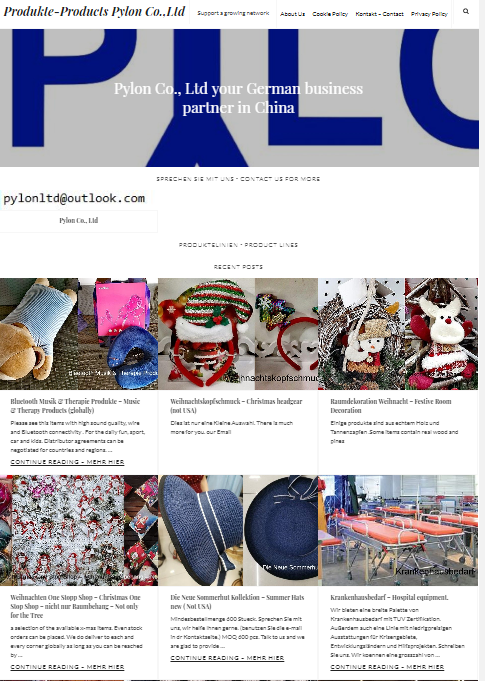15-minute urban and rural economic circle in Ninghai County
- Details
- Category: Ningbo District
- Published: Monday, 09 January 2012 15:11
The "15-minute urban and rural economic circle" makes it possible to drive from the outer ring road of Ninghai County to the downtown area of related towns. 40% of the towns have been included in the circle, which not only led to the development of rural economy, but also made good use of most of the idle urban resources. By the end of 2015, about 80% of the towns is expected to enter the economic circle.
Surrounded by mountains on three sides, Ninghai County has relatively scarce land resources. However, most rural areas, abundant in resources, find it hard to attract investors limited by the insufficient transportation and service conditions. By bridging the gap between rural and urban areas and creating the "15-minute urban and rural economic circle", the county can achieve complementary development.
The key to build the 15-minute circle is to break the transportation bottleneck. At present, most of the eight main road from the urban area to the rural towns are secondary roads. Ninghai County will accelerate its development of road network during the 12th Five-year Plan Period. The 515km- long backbone will be connected with one ring road, eight radiation roads, three north-south roads and seven connecting roads.
The villages and towns that have been included in the "15-minute economic circle" have obviously benefited from the "dividend" brought about by the urban economic radiation. Yuexi Village attracted investors from the urban area to develop the service industry along its southern coastline. Within a year, four farmhouse projects were launched with an annual turnover of 10 million yuan. With the opening of the Fengchaling Tunnel, it only took 15 minutes instead of 40 minutes as before to drive from the urban area to Yishi Town. As a result, the unvisited shoals and hills suddenly became popular. So far, a national marine wetland park project has been signed with a total investment of five billion yuan. Upon completion, it will become an important scenic spot in the south of Ningbo.
It is reported that the reconstruction of the 30.48km long road from Meilin to Tongzhou is smoothly under way, which will be completed to open at the end of this year. With its opening, Qiantong Town and Chalu Town will be included into the "15-minute economic circle", and the tourism in the Ancient Town of Qiantong and eco-resources of Chalu Town will be further developed. By 2014, with the completion of the ring road which connects the four streets of the urban area, Shenzhen Town and Dajiahe Town will also be included in the "15-minute economic circle".









